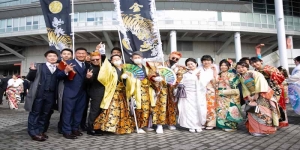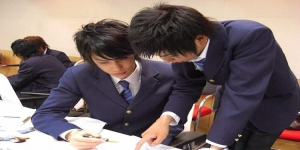Naginatajutsu 長刀 術 Martial Art with the Japanese Spear
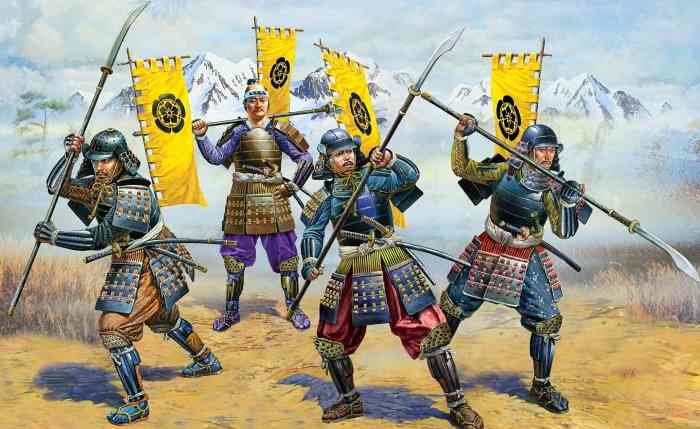 A martial art a little different from the classic ones but with great charm and following. An ancient Japanese discipline used in war since 712 AD that came to the present day turned into an important sport.
A martial art a little different from the classic ones but with great charm and following. An ancient Japanese discipline used in war since 712 AD that came to the present day turned into an important sport.
Practiced with Naginata 長刀, a sort of spear that could be compared to European halberds and spears, it is an ancient Japanese discipline that was already practiced in the eighth century after Christ. The origins cannot be traced back to a specific period, but can find the Naginata (the weapon used in this discipline) mentioned in the writings of the Kojiki by O no Yasumaro, published in 712 AD.
The history of this weapon is so ancient (there are same who trace it back more than 2000 years) that the certainty as to where it arrives is not exactly confirmed, but is replaced by some plausible hypotheses. Some think it was the evolution of the first "long hoes" of Japanese peasants, who used them for personal defense by replacing the stone part with steel.
According to others, they see it as the evolution of the Japanese sword which was renewed with the introduction of steel that came from neighboring Asian countries. The replacement of the old bronze weapons used in that time with steel, a stronger and more versatile material, was the beginning for the evolution of Japanese armaments. Another hypothesis is linked to the Chinese migration that brought their halberds and spears with them. Later these were modified and used by the Japanese themselves.
The naginata records a rapid development and an increasing use starting from the Nara era (710-794 AD) and Heian (794-1185) when the increasingly massive deployment of cavalry needed a weapon that could be effective both against horses than against the knights. The weapon was used to cut the legs of the horses, thus blocking their advance and disarming the rider, who, once on the ground, was pierced by the same naginata.
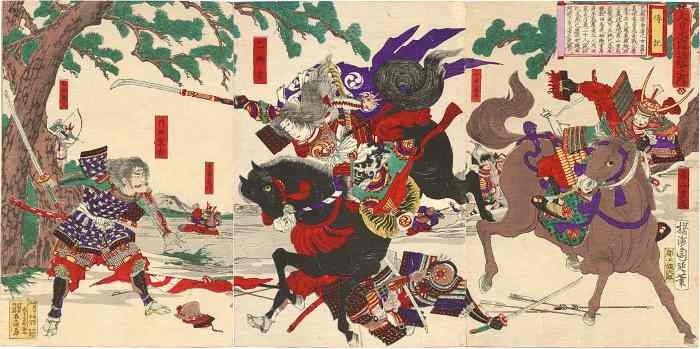
Thanks to its practicality in combat that helped maintain a certain distance from the opponent, and its versatility in handling it, they made this "spear" a deadly weapon that spread among the samurai but above all among the warrior women. Outside the battlefield, naginata was used by women to protect themselves and their children while men were in battle or engaged in field work.
Due to the introduction of firearms, the Naginata went from being a weapon used by samurai on the battlefields to a more exclusive weapon used by women and warrior monks (sohei), so much so that starting from the Edo period (1603- 1868), the naginata became the symbol of samurai women, also thanks to a relative less belligerent period of this era.
The weapon that a few years earlier was used on the battlefields to fight and kill becomes part of the education of women who have turned eighteen, who wanted and had to be, learn and develop the values of Harmony, Order, Chastity and Moderation, thus helping in learning the label, style and personality.
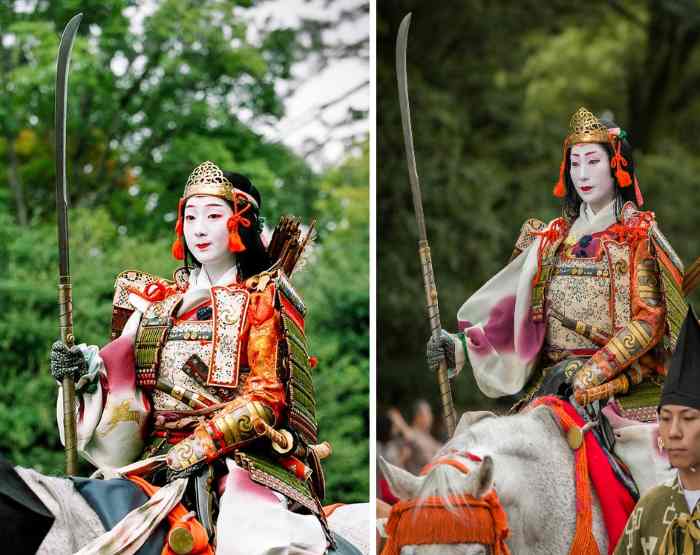
After the Meiji restoration (from 1868 AD), and the progressive approach to western societies, the importance that this fighting technique had changed in Japanese society. It lost the military character, that until a few years earlier had, to become a personal discipline like the current martial arts.
At the end of the Second World War, due to the prohibition by the Americans, the discipline of naginata was abolished , but fortunately this was reborn a few years later under the name of 新 し い な ぎ な た atarashii naginata (new naginata) becoming a sports discipline, a martial art as we know it today, complete with tournaments, courses, meetings and international "fights".
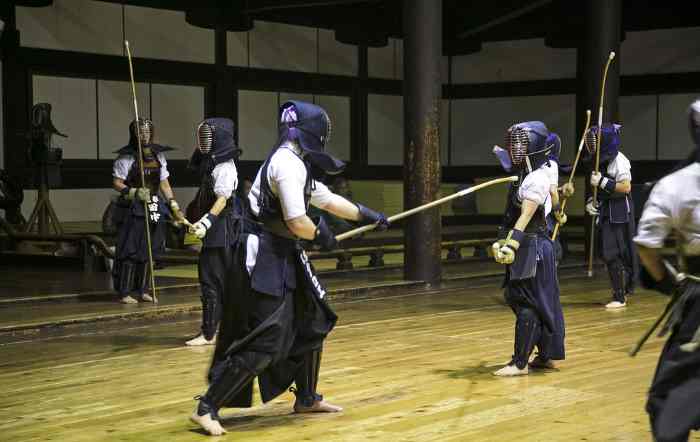
It is heartening to see how this millennial discipline is not disappeared, that it was transformed and changed over the centuries to survive, to reach us and witness a part of Japan's past and history. If you are interested you'll find a lot of material online about this martial art, and many videos where you can see how a match look like, and I am sure you'll be fascinated by it as I was.

 English (United Kingdom)
English (United Kingdom)  Italiano (it-IT)
Italiano (it-IT) 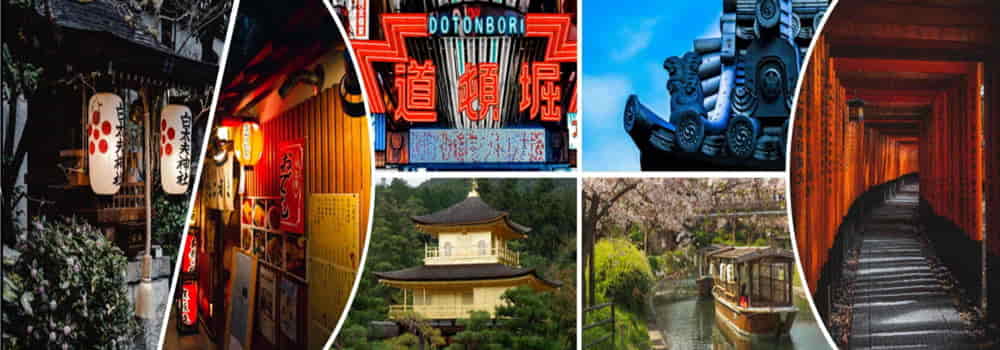
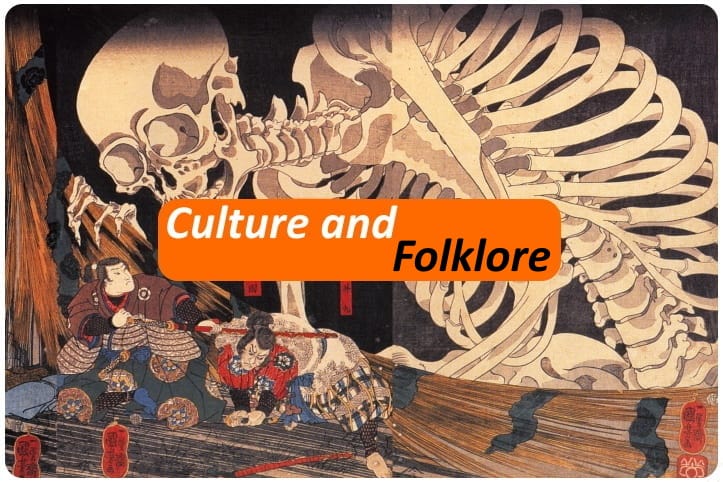




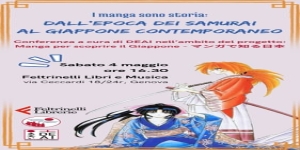
![[Review] Princess Toyotomiプリンセス トヨトミ](https://www.fukainihon.org//cache/mod_jt_contentslider/fdfb524f85518b9476158c79c8ea022f_328.png)

